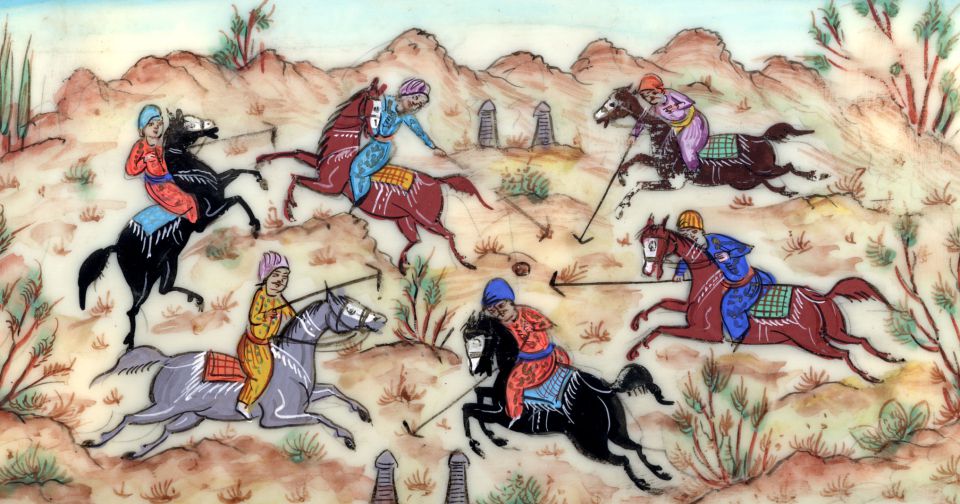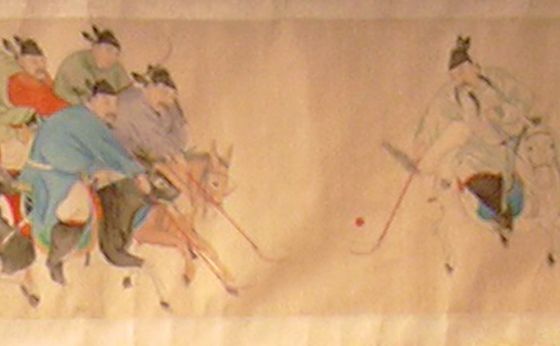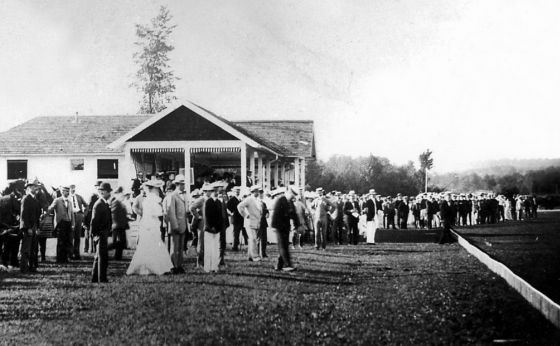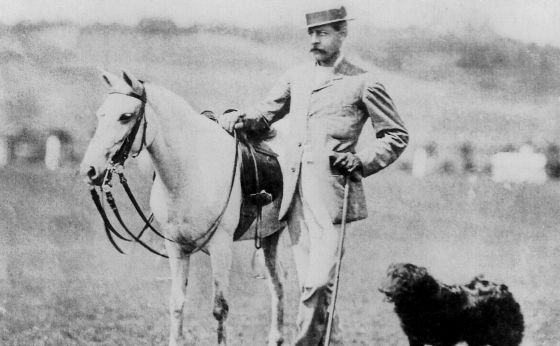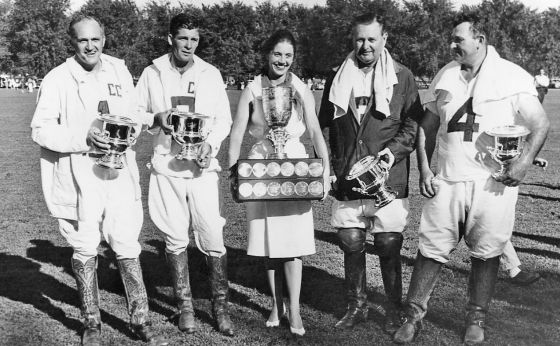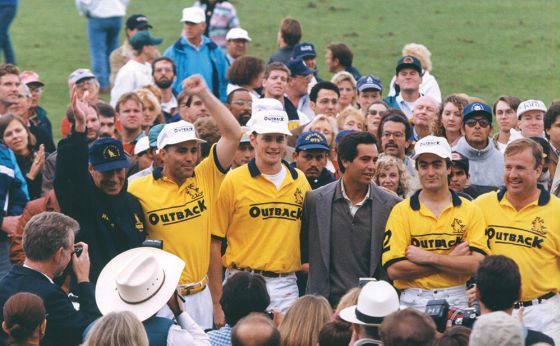The Origins of the Sport
Mounted nomads in Central Asia played a version of polo that was part sport and part training for war, with as many as 100 men on a side. The game followed the nomads’ migration to Persia (modern Iran) some time between 600 B.C. and 100 A.D.
In Persia, polo became a national sport, played by the nobility and military men. The game was formalized and spread west to Constantinople, east to Tibet, China and Japan, and south to India.
The Modern Game
Modern polo originated in Manipur, a northeastern state of India. The Silchar Polo Club was founded in 1859 by British military officers and tea planters, after Lieutenant Joe Sherer saw the locals playing polo and said, “We must learn the game!” From India, polo spread as fast as its enthusiasts could travel, appearing in Malta in 1868, England in 1869, Ireland in 1870, Argentina in 1872 and Australia in 1874.
On a trip to England, James Gordon Bennett, publisher of the New York Herald, saw his first polo game. Early in 1876, he returned to New York with mallets, balls and a copy of the Hurlingham rules. The first game was played at a city riding academy; in the spring they moved outdoors to a field in Westchester County. That summer, the New York players took polo to Newport, R.I. Soon the galloping game was being played across North America.
The Evolution of the Horses
From its fairly helter-skelter beginnings – large groups of men astride small ponies trotting here and there – polo evolved into a more organized and skillful game. And as mallet technique evolved from dribbling the ball while leaning over the pony’s neck to full swings taken at speed, the advantages to well-mounted players became clear. Small, hunter-type ponies – once the favored mounts – gave way to larger, faster ponies and small thoroughbreds.
For a time, the Hurlingham club, the English authority,
tried to limit a pony’s height to 14 hands, raised it to 14.2 in 1895, but abandoned the restriction in 1919. Today, most polo ponies stand around 15.1 hands, although it is not unusual to see a horse over 16 hands. In the U.S., thoroughbreds are bred with quarter horses in hopes of realizing the best qualities of each. Argentines cross thoroughbreds with their local Criollo horses. Ideal polo ponies show speed, stamina and agility. The best are responsive, even intuitive, and have a calm disposition that enables them to focus all of their energy on the game.
The Evolution of the Clubs
Over the years, polo in the U.S. has evolved from a society sport to include a far broader base of polo enthusiasts – men and women – as well as professional players.
The first club in the U.S. was the Westchester Polo Club, formed in 1876. By 1890, there were seven clubs in the U.S.; they formed the Polo Association (today’s USPA) to standardize rules. The number of clubs grew to 12 in one year, and by 1900 there were 23.
The Meadow Brook Club in Westbury, N.Y., was the epicenter of the Golden Age of polo and the site of historic matches.
World War II diminished the number of players and clubs, but in the 1950s and ‘60s, polo began to grow again. Today, there are more than 275 USPA member clubs with more than 4,500 players.
Sponsors & Professionals
“Born poor” on a Texas ranch, Cecil Smith began to play polo in 1924 while working for a horse trader. He followed the horses to California and Long Island, where he became known as an exceptional player. He was not society, but society players were delighted to have him on their team, if only to avoid having to play against him. He won the Monty Waterbury Cup in 1930, held a 10-goal rating from 1938 to 1962, and is considered to be U.S. polo’s first true pro.
In the 1930s and 40s, more U.S. teams began enlisting the aid of individual professionals, such as Roberto Cavanagh
and Pedro Silvero of Argentina. In the early 1970s, with the increased popularity of high-goal polo, the presence of professional players became more of a rule and less of an exception. Today, there are many professionals making a living as players, as well as training and selling ponies, managing clubs and teaching the sport.
The 1970s also saw the growing trend towards outside support of polo as men such as William T. Ylvisaker courted corporate sponsorship and opened the eyes of marketers to the appeal and audience that polo offers.
Polo & the Military
For many years, the U.S. Army supported polo, beginning in 1896 at Fort Riley, Kansas. Beyond improving the riding skills of cavalrymen, polo taught leadership, teamwork and strategy. West Point introduced polo in 1901. By 1914 there were 17 Army posts playing polo. In 1928, the U.S. Army team made it to the final of the U.S. Open, and there were Army polo teams across the U.S. as well as in the Philippines, Hawaii and Panama.
Although the increasing mechanization of the Army and the realities of World War II ended the Army’s reliance on horses, polo continued to be played by active members and veterans of all branches of the military. Today there are inter-service matches held all over the country, and international military matches contested worldwide.
International Polo
Polo has been an international sport since at least 821 A.D., when Chinese ambassadors in Japan played a team fielded by the Emperor.
In the U.S., the first international match was in Newport, R.I., in August 1886. The Westchester Polo Club challenged the British, put up a silver trophy (today’s Westchester Cup) and after two convincing losses saw the prize sail away. The Cup is presently in England, who won the most recent challenge in 2013.
The first Cup of the Americas (Copa de las Americas) – U.S. vs. Argentina – was played in 1928 at Meadow Brook
before 100,000 spectators. The U.S. won, and again in 1932, but it has been all Argentina in the meetings since then.
The Camacho Cup – U.S. vs. Mexico – was inaugurated in 1941 when the polo-playing President of Mexico, General Manuel Avila Camacho, donated the trophy. The U.S. won the first five meetings, but in 1976, Mexico triumphed and has won every time since, most recently in 2009. Today, upwards of 84 countries play polo. In 2015, the Federation of International Polo, established in 1982, will sponsor tournaments in the U.S., China, Chile, Canada, Azerbaijan and Germany.

